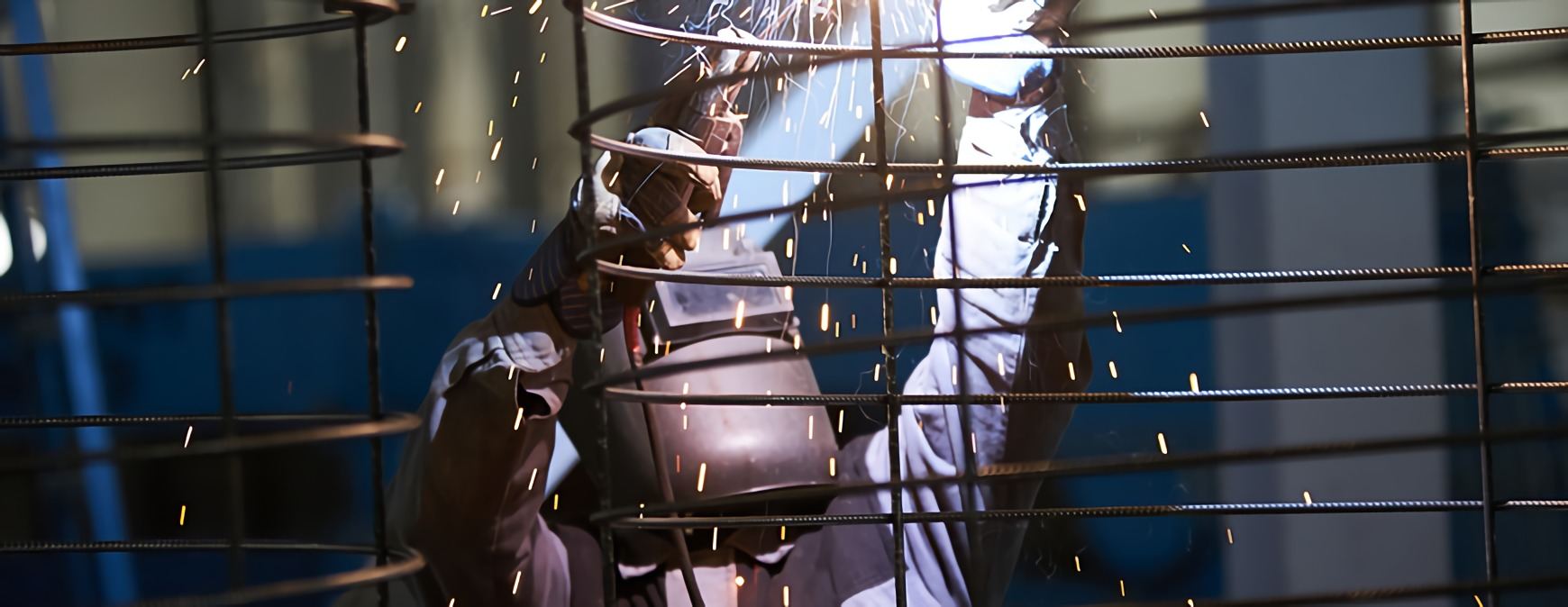TWS is a Great Training Option for Everyone
Learn more about how we can prepare you to advance your career.
The U.S. faces a skilled worker shortage. [1][2] Lots of reasons can be attributed to this, but this shortage also presents some really big opportunities.
But closing the skills gap is just one reason to consider a career in the skilled trades. Many fields are growing, and men and women in the trades can enjoy pride and personal fulfillment in their work, and if you’re not considering a skilled trades career, you really ought to.
Why? We can think of four reasons.
1. Skilled Trades Shortage
It’s been a big problem for years for a number of reasons:
Have You Considered a Career in the Skilled Trades?
Fill out the form to recieve a no obligation info packet.
- The country doesn’t have enough skilled welders to fuse the metal joints found in buildings, bridges and highways.
- Trained electricians to wire new homes and office buildings are hard to find.
- Construction workers to rebuild cities after natural disasters like Hurricane Harvey were difficult to come by.
The list could go on.
Retiring Skilled Workers
- Nearly 40 percent of all electricians and electrical engineers are 55 or older.
- About 60 percent of welders are at least 45 years old.
Positions Going Unfilled
- Sixty-two percent of employers in the U.S. report difficulty replacing retiring workers.
Young People Choosing College
- Seventy percent of people go to college instead of trade school after high school.
2. Affordable and Fast Training
Four years of college doesn’t offer a straight shot into a career. 65 percent of college graduates take half or all of their twenties getting their careers started![3]
But there are 30 million jobs in the U.S. that pay an average of $55,000 a year and don’t require a bachelor’s degree.[4] Would all these grads have still gone the same route if they had known that?
The technical training for a skilled trade can be faster and more affordable. 95 percent of trade school certificates take 2 years or less to earn. The average cost of a trade school degree is $33,000. Compare this to 4 years and $127,000 for a bachelor’s degree.[5]
Skilled Trades Training Times
Check out how long skilled trades training can take.
- Welding Training: 7 months
- HVAC Training: 7 months
- Electrician Training: 7 months
3. Jobs, Jobs and more Jobs
The skilled trades are among the fastest growing job sectors in the United States, reports the Bureau of Labor Statistics.[6]
- Solar Photovoltaic Installers: 104.9 percent job growth through 2026.
Some HVAC technicians specialize in solar panel installation.[7]
- Wind Turbine Service Technicians: 96.3 percent job growth through 2026.
Welders and electricians have a hand in erecting and powering windmills, and this field is only growing with job opportunities.
Other Quickly Growing Skilled Trades Industries
- Ironworkers: 13 percent job growth through 2026[8]
- Plumbers, Pipefitters, and Steamfitters: 16 percent job growth through 2026[9]
- Heating, Air Conditioning, and Refrigeration Mechanics and Installers (HVAC/R Techs): 15 percent job growth through 2026[10]
4.Pride and Personal Fulfillment
People in these fields truly love what they do.
- Active Jobs: Good for physical health
- Working with Your Hands: Promotes a positive outlook
- Travel Opportunities: Welders who work in factories, shipyards, underwater or for the military often apply their trade on the road.
- Promote Public Safety: Pipefitters maintain and repair pipes that carry water, fuels and gases. Their work helps keep the tap running and prevent environmental disasters.
- Work in Exciting Industries: With advanced training, welders could work for NASCAR or NASA. Electricians can keep roller coasters running and help with special effects on movie sets. But many find fulfillment keeping the lights on in the homes and buildings in their cities.
- Green Jobs: Welders, HVAC technicians and electricians play and important role in the green technologies that help the environment.
Skilled Tradespeople Keep the Country Strong and Safe
Welders, electricians and other tradesmen and women built this country—its buildings, bridges and highways. And we still need them today to construct and maintain important infrastructure.
Learn more about the benefits of a skilled trades career.
[1] http://money.cnn.com/2018/01/17/news/economy/us-worker-shortage/index.html
[2] https://www.pbs.org/newshour/education/decades-pushing-bachelors-degrees-u-s-needs-tradespeople
[3] https://hbr.org/2016/05/two-thirds-of-college-grads-struggle-to-launch-their-careers
[4] https://www.tws.edu/blog/skilled-trades/a-guide-to-the-skilled-trades-shortage-in-2018/
[5] https://www.thesimpledollar.com/why-you-should-consider-trade-school-instead-of-college/
[6] https://www.bls.gov/opub/ted/2017/thirty-fastest-growing-occupations-projected-to-account-for-19-percent-of-new-jobs-from-2016-to-2026.htm?view_full
[7] https://www.bls.gov/ooh/installation-maintenance-and-repair/heating-air-conditioning-and-refrigeration-mechanics-and-installers.htm#tab-2
[8] https://www.bls.gov/ooh/construction-and-extraction/structural-iron-and-steel-workers.htm
[9] https://www.bls.gov/ooh/construction-and-extraction/plumbers-pipefitters-and-steamfitters.htm
[10] https://www.bls.gov/ooh/installation-maintenance-and-repair/heating-air-conditioning-and-refrigeration-mechanics-and-installers.htm






